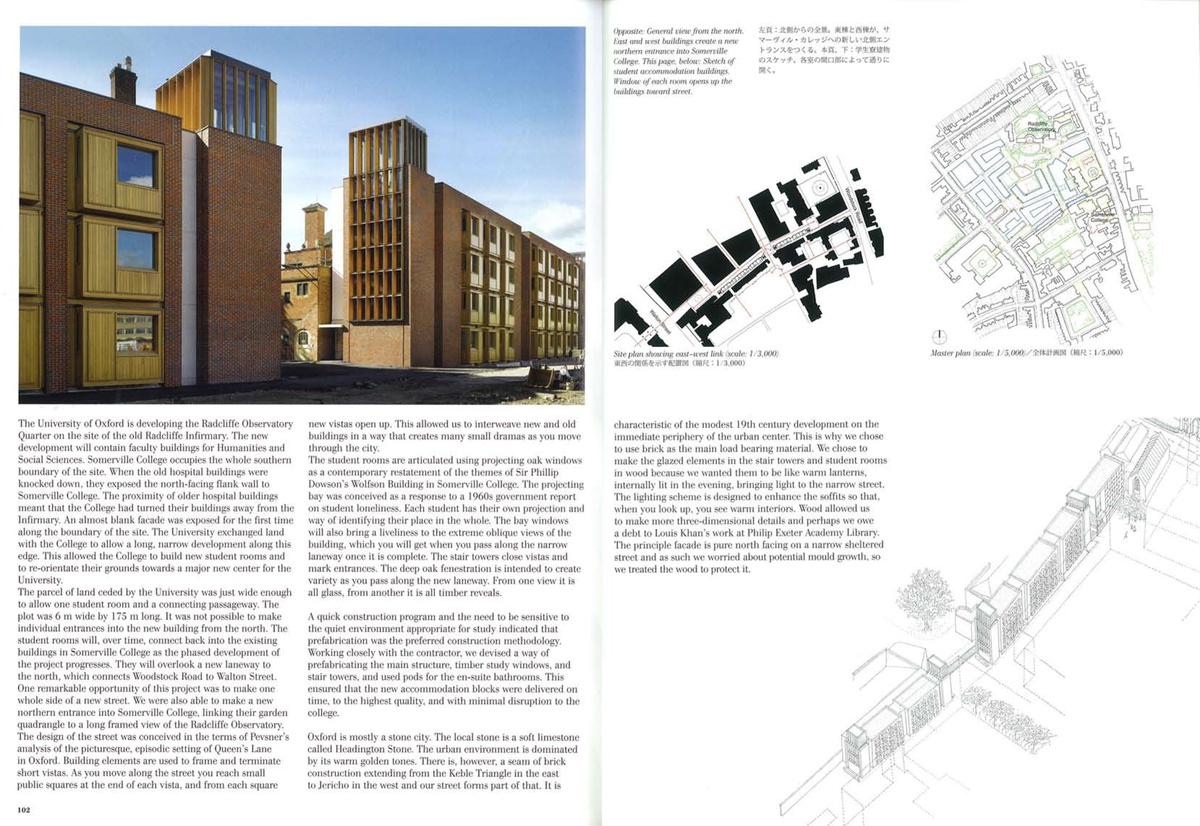CHARLES JENCKS AWARD
SEPTEMBER 2016
Niall has been announced as winner of the Charles Jencks Award 2016, which is given annually to an outstanding architect or practice that ‘has recently made a major contribution to both the theory and practice of architecture’.
Explaining the judges’ choice, RIBA President Jane Duncan said: ‘Niall’s body of work exemplifies the spirit of this award, which recognises the ability to seamlessly, and, in this case, beautifully, build theory into one’s practice. I am in awe of the materiality and the craftsmanship, of the dedication, the collaborative relationships and the contextual sensitivity with which Niall’s buildings are created.’
According to Charles Jencks, Niall ‘is a great inspiration for architects today, especially the young, because of his masterful skill in drawing from all traditions – Classicism, Modernism, Postmodernism. All the ‘isms’ are under his belt, not on his back, and he extends them all through the commitment to architecture as an art and professional practice’
Previous winners of the award include Herzog & de Meuron, Benedetta Tagliabue, Rem Koolhaas, Stephen Holl and Zaha Hadid.
Niall will receive the award at a public lecture, chaired by Charles Jencks, at RIBA on 25th October.
